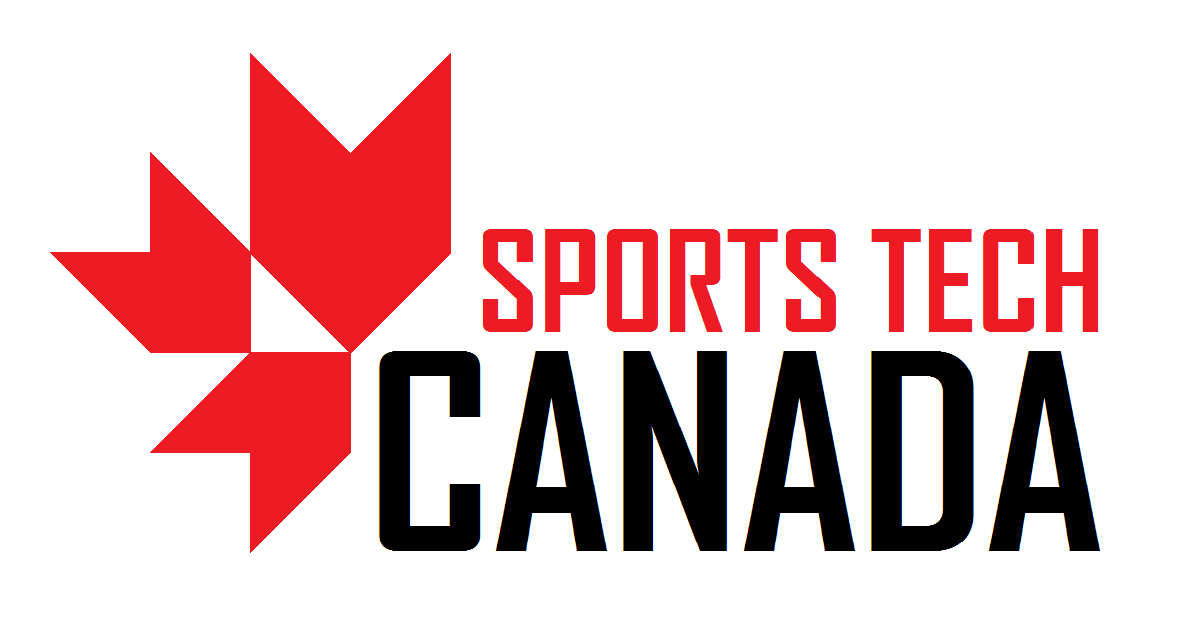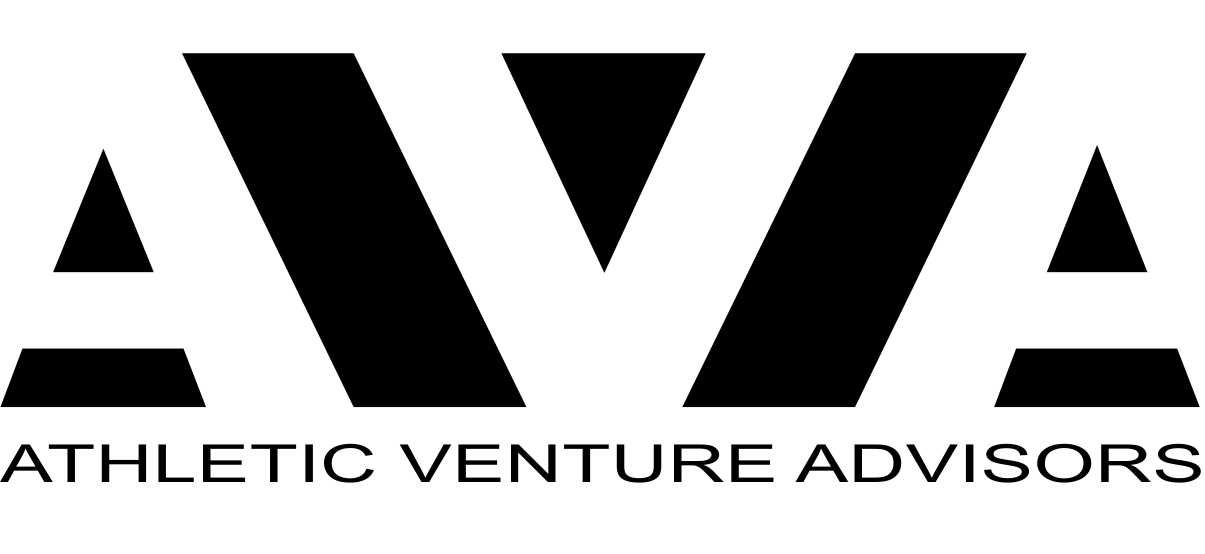Emerging technology in sports has garnered more attention over recent years. Given the closure of sports stadiums, major sports leagues were forced to pivot to digital, out-of-the-box solutions to recapture revenue. Although the CAGR of smart stadiums, wearables, NFTs, and e-sports look promising, when it comes to securing fund deals, there still remains a generous gap in data that leaves some investors tinkering on the cautious side. That, and the voluptuous, fan-driven rise of NFTs and cryptocurrency, leading to more risks and unknowns.
An investor’s worse nightmare is not having predictive historical data to make investment decisions with. Although sports tech is attracting more pocketbooks from the likes of the US, and countries such as India (Mumbai), Israel, South Korea, and China; according to Marc Wilson, a sports investment consultant from Canada, “It’s something that most investors won’t even touch.”
There were 465 sports tech startups recorded in Canada last year. Most of these will have a difficult time securing funding— solely based on the sheer market size (10% of the US) and a lack of an investor base. Hailing from Ontario, Canada, Marc spent over a decade consulting global companies and startups in raising funding for sports tech ventures. He then pivoted his attention to specifically help the Canadian sector secure challenging VC deals.
Marc is the founder and CEO of Athletic Venture Advisors and Sports Tech Canada. He sat down with us to discuss the gritty process of getting an early-stage sports tech startup to success, building indirect relationships as an underrated tool for raising funding, and his outlook on future sports tech trends—like whether NFTs are a fad or not.
We first wanted to understand the differences in the investing landscape in Canada versus the rest of the world, and how he got started in his entrepreneurial journey.
You’ve done sports investment consulting for over a decade as an independent contractor. What was the transition like to starting your own company and why did you decide to focus on the Canadian market?

Marc: It was an interesting transition. I wasn’t in tech at the time, I was actually in human performance, injury prevention, recovery, and repair. Actually, the person that I worked with in that space was the one who gave me the direction that there’s opportunity in the tech side of things based on my background.
The initial thought was that being a Canadian in an advantageous position because I was typically working with either American companies or international companies. There was an opportunity there to focus on the Canadian sports-tech sector, as it pertained to going into other markets. I think my first two or three clients were Canadian, and it grew to where there were opportunities coming from basically across the globe.
One of the things that’s interesting about sports is that in order to fully navigate it, you have to overcome the very unnaturally built-in walled garden. There’s the forward-facing side with fantasy, where you’ll see the big budgets and your favorite stars, but the back end of it is very different.
And so, navigating that was one of the key features that we focused on. Obviously, on the investment side of things, it’s unique because you’re really trying to find an investor who wants to be involved, understands, and sees the opportunity in sports. Even better if they have experience in it and understand the venture and growth model that comes with it.
It’s a small investor pool, much smaller than, say FinTech or health tech, or anything like that. That’s why we put our blinders on to focus on sports tech, specifically, because it’s a very unique path. It’s not one that you’d see follow a natural hockey stick growth because it’s very walled off and rightfully so because the fans’ perspective is very different. That’s where the venture is trying to go right now—how do we take the consumer side of things and marry it to what the business side of sports actually makes sense to do?
Do you see any key differences in global sports tech trends vs local trends (in Canada)? Why do you suppose this is.
Marc: Yes, I would say that the brunt of it comes from the US. A lot of the businesses come from there, and there are bigger check sizes when it comes to deals.
One of the things that I like about everything that happens outside of the US is that every other country treats it very globally, partly because the Big Five is located inside North America.
Realistically, when you think of it from a global perspective, the opportunities in these countries: India, China, Israel, and Japan are huge. The amount of money that’s in English Premier League Soccer, for example, overshadows most major league sports in the US. In the US, I think it’s very compartmentalized that they’re thinking about how do we solve problems for the major leagues and youth sports, but as soon as you hit Canada, we just don’t have as many professional sports here, aside from hockey.
We take a global approach too, and actually one of the trends that I see is if you are not a US-based company, or even some of the smart US-based companies will target other countries first, before trying to land anything with the MLB, NFL, NBA. This is strategic because at the scale in which you’re working with those organizations, if you happen to get a trial with them, or if you get in the early stage and you fail, the door is going to close forever.
That’s why smart companies will figure out their plan with smaller or lesser-known leads, and really get to a point where they’re comfortable with the position that they’re in before they start to leverage relationships outside of that.
Now, certainly, from a growth perspective, there’s potential that it takes a little bit longer, but the product that gets to the market is much better. That’s one of the trends that I like about non-US-based companies, as well as the investors because the investors are doing the same thing. They’re thinking, what does this do for my market? The U.S. by contrast tends to think more centralized about what they’re doing only.
Your argument is that US companies tend to focus exclusively on what’s going on domestically, because of their superior status in sports, whereas smaller market players and countries like Canada will have to look beyond local to gain…credibility?
Marc: Credibility, volume, and, the nature of it is, you can’t afford to focus locally in Canada because we have a very limited market. Population-wise, we’re 10% of the US and outside of the NHL there isn’t enough volume for the pro-sports business, thus the customer base is not here.
Most of the work that we do is from the US or from outside, there just isn’t an appetite for sports tech in Canada, so your investor base isn’t here.
There’s a lack of government support in sports tech specifically unless you start to have those intersections. I certainly have no shortage of stories that companies that have tried to get government grants but had to change the path of their company in order to qualify.
Finally, there’s the fact that we’re not putting out as much business in the sports tech space, so your mergers and acquisitions and partnership opportunities are not within the borders either.
If you’re missing those five key points, it makes it very difficult for a company to thrive, or stay in Canada. Going back to the secondary project, with Sports Tech Canada, we’re trying to go back to the roots of saying we need to hit these five points if we want to continue to turn out good companies. If we don’t address those things, they’re either going to have a tough time succeeding, or they’re going to have to move out of the country and find other opportunities.
A great example of that is Kinduct. They were steadfast about staying in Halifax and did an amazing job of becoming this massive, global company. However, one of the byproducts of that is that they got purchased by a company in California, and on a map, you literally can’t be further away on a continent than the distance between those two places.
Whether or not they’re able to stay inside our borders is one of the things that we’ll always see in Canadian sports tech; is that your merger or acquisition opportunities are likely going to take you outside of your borders. The fact that we’re not supporting them, is going to be a challenge to keep them here.
You’ve listed some pertinent challenges for investing in Canadian sports tech. On the contrary, do you see any advantages right now in investing (or starting a company) in this area?
Marc: In terms of economic advantages, there is certainly no shortage of opportunities close enough to the borders (think major financial hubs like Toronto and tech in Vancouver).
The pandemic created a lot of growth in different segments of sports tech, things like fan engagement platforms, sports betting, and e-sports are taking a huge leap in advancement.
One of the biggest things that happened through the pandemic is that organizations started to look at their spend to say, “Why are we paying a quarter of a million dollars for this software offering that we’ve had for the last decade?” Only because we haven’t thought to look anywhere else, when maybe there’s a startup that’s doing something better, and maybe is looking at this as an opportunity to leverage that they can come in cheaper with better technology.
The scarcity of investors in the sports tech space came up frequently. Out of the 447 sports tech startups in Canada, what do you think will be the defining factors that make one stand out above the rest?
Marc: I think much of it has to do with strategy and relationship building. Most certainly, the direct approach could work if you can get to the right person and they’re open to it. However, the majority of the time there are gatekeepers when you’re dealing with firms and institutional investors. That’s where an indirect approach might make more sense, and will probably get you a lot further.
There are many ways you can get the contact information of a primary investor, but they’re probably not going to read your email. However, if you could find a way to an associate, or somebody that they’ve worked with in the past, and put in an inquiry strategically, it might put you in a better spot.
Framing is crucial. The effect is completely different when you frame the narrative around their needs, instead of yours. Instead of saying, “Here’s what we’re doing, we need money, here’s why we need your money,” switch to say, “This is what I’m working on, I think that your partner X would be an ideal person from a strategic perspective, as well as a great fit for your portfolio.”
That’s primarily the reason why we do business development and strategic partnership work for our clients, so we can craft the story around why somebody should invest.
We had a great situation where an early-stage company had a great product but lacked any opportunities and partnerships. We knew that there was an opportunity, so the first conversation we opened wasn’t with an investor, but it was with a potential content creator and partner that already had clout. When they signed on board we basically asked if we could use their name to open the doors to these investors.
Rather than saying, we have a company that has developed a great product, please take a chance on us because you would be our first money in. You can frame it as “We’ve already partnered with this group. They believe in us, you believe in them. Let’s work together in order to bring this to market.” Those are some of the leverage points that we try to touch on and that’s why we do business development strategic partnerships, is to focus more on the investment side of things, it makes the conversation a lot easier.
Are there any trends you’re particularly excited to see come to fruition?
Marc: I think that there’s a lot of interesting stuff that can be done around Metaverse if it’s done right. Some of the trends I’ve been wary of are the ones that everyone under the sun is trying to create a product or a service in. One of the challenges with name image likeness as well as the metaverse, is that everyone appears to be lining up to a race that nobody has a map to; we have no historical data, we have nothing to base on what a proper growth structure looks like and what is the end goal? Is it going to change by the time we get there?
What I like to do, and I know what a lot of other investors like to do is let a large chunk of these opportunities figure themselves out, and the others will drop off. I think that there’s a lot of waiting that’s happening because nobody knows what this looks like.
Were you surprised about the proliferation of the NFT sports industry? Do you see this as a sustainable trend?
Marc: I think that one of the things that we need to look at is once you get past the copycats, are there people doing interesting stuff that others aren’t? If you’re just creating the next best, then that ship has sailed already.
I think what will be very valuable for NFTs aside from the transactional aspect, is the utility, especially if it’s helping with customer acquisition.
That creates two things. One, I feel that I’ve got something beyond just the cash value of this, which could fluctuate as we have seen, but two, I feel like I own something that somebody else doesn’t beyond just the numerical economy of it. I now have something that might be valuable to some that don’t have it.
My transactional value for that particular NFT is now not just art. Art is only something as subjective as the next person who wants to buy it, you can own a nice piece of art, but if nobody wants it, there is no value.
If there is a trend, or if there’s a utility to it and there were only 1000 of these things sold, for example, only 1000 people get into this VIP tournament. Well, if I want to get into that tournament, the only way to do that is to buy it. It’s actually backed by real-life value. If you’re looking to do the next best art piece, I think you need to figure out what is the utility? What’s the value of somebody holding or selling this beyond just subjective, which certainly can change based on sentiment as well.
What does success mean to you?
Marc: That’s difficult for me because just having turned 40 this week, the 30-year-old me would have answered this question very differently than the 40-year-old me.
I was always the chase type, the risk-taker, obviously being a serial entrepreneur. I think now that I’ve gotten to a point in my career and life, I think that being able to settle down and do things on my own terms is more important to me than anything else. Obviously, money is great, but the chase that entrepreneurs have in their younger years, I think creates a lot of animosities, issues, and lifestyle changes that you probably looking back on them think were worth it at the time.
One of the questions Tim asked on the Tim Ferriss podcast, was always, “When you think of the word successful, who comes to mind? “
One of the things that I’ve thought of recently is, were you able to become successful enough so that you could then teach other people to be successful? That’s where I’d like to get in my “success”; to be successful enough to then show other people what it can be to be successful. Because if you end up just hoarding your own money and doing it for yourself, then there’s really no benefit, right?
I’m at a stage of, where I’m no longer chasing money. All of my clients are people that I have been really enjoying working with and that’s what I think the difference is between now and when I first got started in this.
